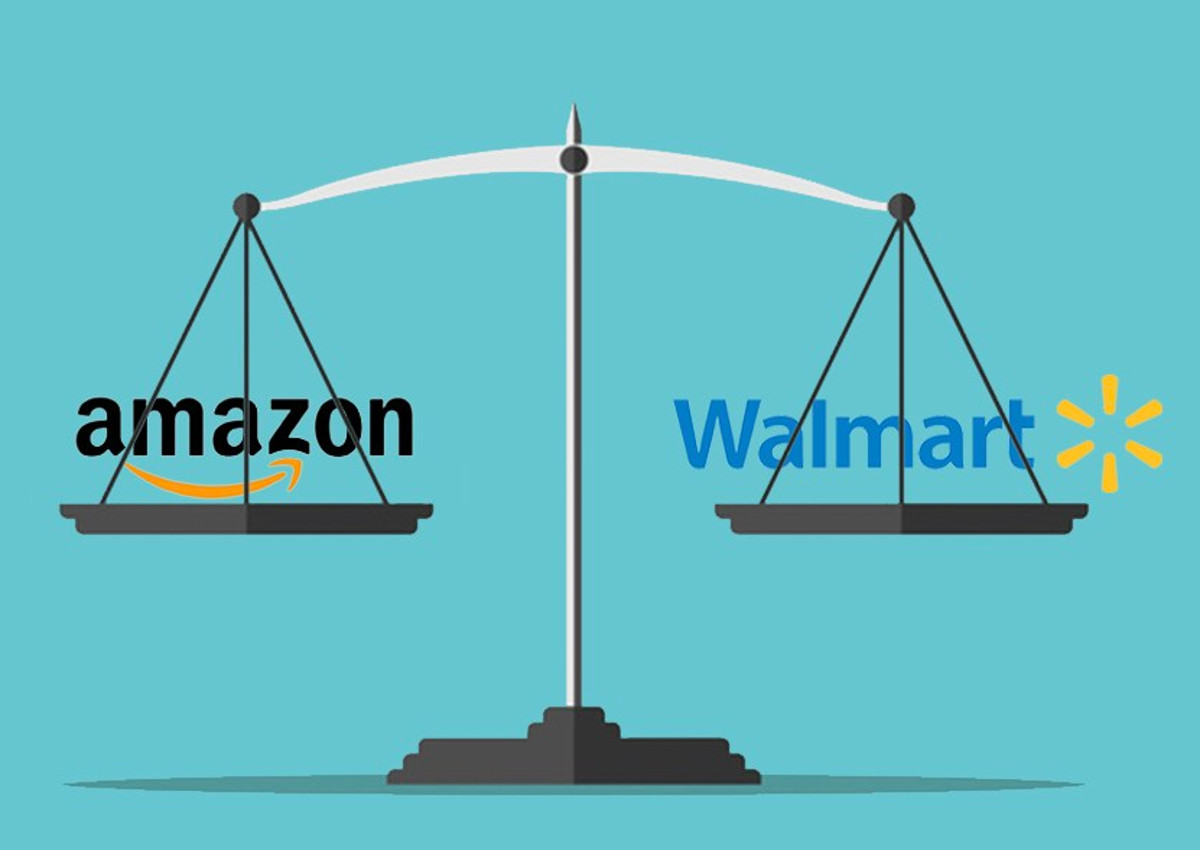
Walmart beat out Amazon as consumers’ most-preferred online grocer in the US, according to a survey for Chicory’s 2023 Online Grocery Shopping Report. Nearly 1,000 e-grocery customers were polled about their shopping preferences in the annual online grocery study released Thursday from New York-based Chicory, a CPG/grocery digital commerce platform.
Though Walmart came in at No. 1 among online grocery retailers, e-tail giant Amazon had two of the top banners, including Amazon Fresh at No. 2 and Whole Foods Market at No. 10.
Rounding out the top 10 most-preferred digital grocery retailers were Aldi at No. 3, The Kroger Co. at No. 4, Costco Wholesale at No. 5, Albertsons Cos. at No. 6, Ahold Delhaize USA at No. 7, Target at No. 8, and H-E-B at No. 9.
Discover authentic Italian F&B products on the Italianfood.net platform
WALMART’S ONLINE DOMINANCE
“Walmart Grocery received the most votes from respondents as their preferred retailer for online grocery shopping, making it the most popular option out of a group of 20,” Chicory said in the report. “The retailer was joined up at the top by other large players, like Kroger and Albertsons. However, smaller players such as Aldi also fared well, suggesting that a strong digital experience can go a long way with consumers.”
Chicory, which specializes in contextual advertising and shoppable recipe solutions, noted that data in its recipe retail network reflected Walmart’s online dominance. “In 2022, Walmart Grocery garnered the most add-to-carts of the 60-plus retailers available in the network, but smaller players that are available to shop via Instacart performed well, too,” the study said.
ONLINE GROCERY IN THE US BY THE NUMBERS
Overall, 72.2% of consumers surveyed have purchased groceries online in the past 90 days. Of those, 55.6% lived in suburban communities, compared with 25.1% in urban and 18.8% in rural areas.
Fifty-six percent of those polled said they order groceries online more often than a year ago. In terms of frequency, 40% buy groceries online weekly, 30% do so monthly and 19% make these purchases every few months, Chicory said. Only 5% go online daily to order groceries, whereas 6% of consumers said they buy groceries online rarely.
Chicory’s research revealed that 89% of online grocery orders are for one to five people, and 75% of e-grocery shoppers spend $51 to $200 per order. Forty-two percent spend $51 to $100 and 33% spend $101 to $200 per order, whereas 16% shell out $50 or less, and 9% lay out more than $200.
“Diving deeper, we found a relationship between online order value and frequency,” Chicory explained in its report. “Those who selected the lowest spending tier ($0 to $50) order groceries the least frequently. In contrast, those who spend the most ($201-plus) are the most likely to place orders daily or weekly.”
Though online grocery usage and spending exploded during the pandemic, growth in the e-grocery market has since tailed off as Covid-19 restrictions have lifted and consumers have returned to stores. Chicory pointed out, however, that ongoing digital grocery customers are embracing a broader shopping experience. “While online grocery adoption has slowed in recent years, activity is rising. Consumers are more comfortable than ever browsing for deals online, meal planning using digital recipes, and purchasing their full shopping lists in just a few clicks,” according to Chicory CEO and co-founder Yuni Sameshima.
CONVENIENCE IS THE MAIN DRIVER
By far, convenience is the No. 1 reason – cited by 74% of those surveyed by Chicory – that consumers buy groceries online. Other factors driving e-grocery shopping include price (named by 37% of respondents), easy access (35%), habit (24%), health concerns/safety (22%), rewards/loyalty programs (20%), and preference for a digital over an in-store experience (19%).
On the flip side, customers named high fees (47%), lack of control over product selection (43%), and out-of-stocks (41%) as the top challenges in using online grocery services. Other downsides to shopping for groceries online, respondents said, include high pricing (39%), product freshness and durability during transit (29%), long waits or delivery times (28%), and difficulty using online/digital platforms (10%).
Concerns about buying fresh foods online, whether it be shelf life or the savvy of in-store pickers, haven’t deterred consumers from purchasing perishables via e-commerce, however. Of groceries bought online in the past 90 days, dairy was cited by 64% and produce by 60% of customers, followed by meat (55%), frozen food (55%), dairy/meat alternatives (33%), and seafood (22%).
“When selecting brands online, price is the top consideration for 67% of respondents. This is no surprise; price has been especially important this year as consumers have adjusted their behaviors to cope with inflation,” Chicory explained. “The good news is that many consumers are finding better prices online: 37% of respondents agreed that online grocery shopping is usually less expensive than in-store shopping.”
